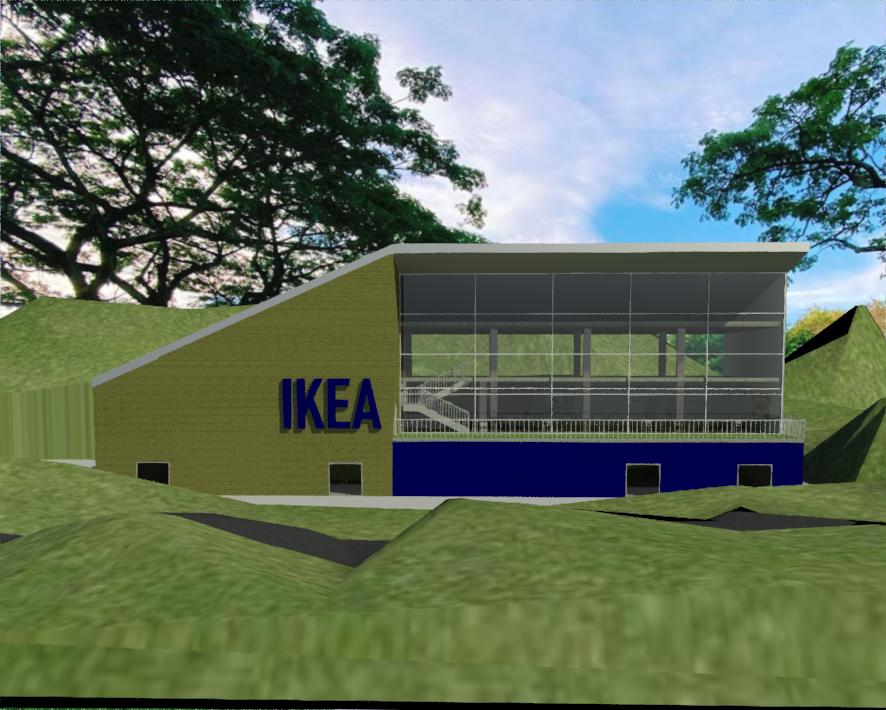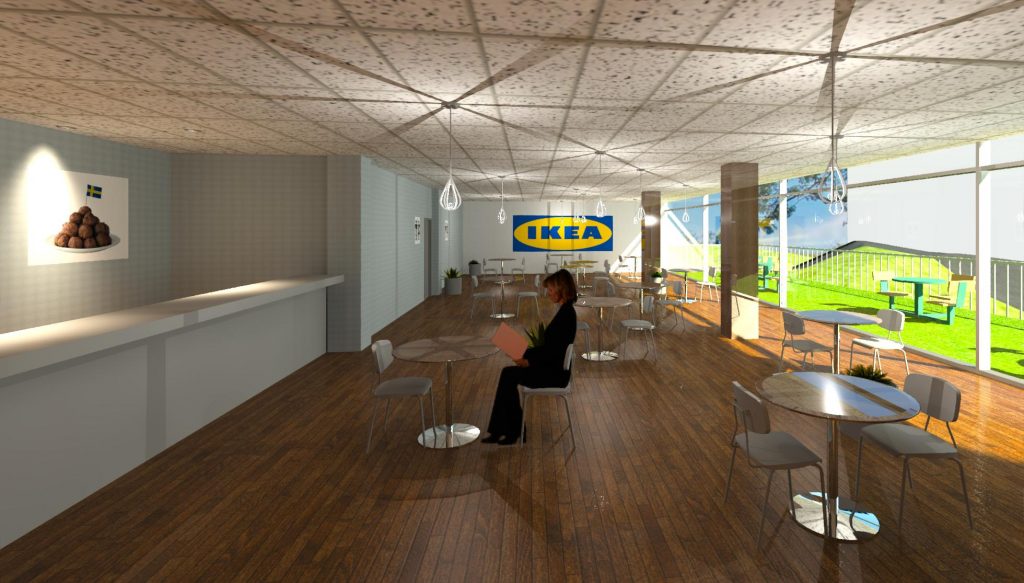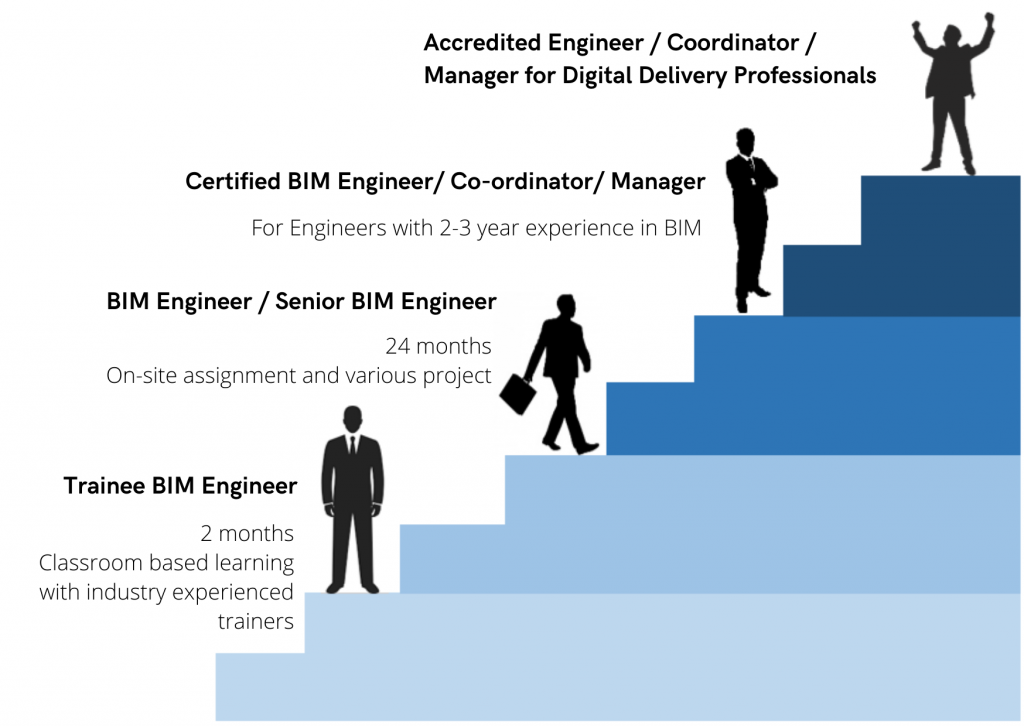
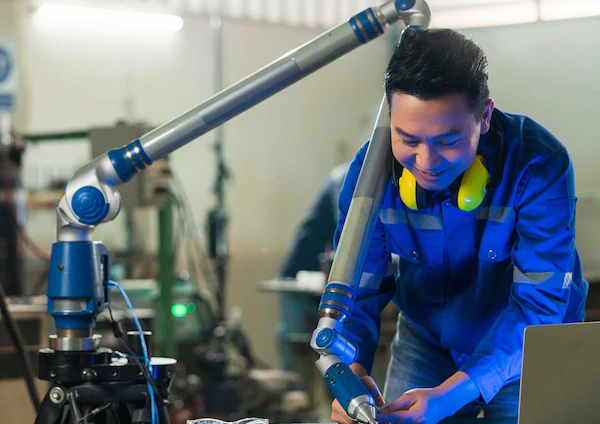
Benefits of BIM in Mechanical Engineering
Enhanced Collaboration: BIM fosters collaboration among various stakeholders involved in a project, including architects, engineers, contractors, and facility managers. This interdisciplinary collaboration ensures that everyone works from the same model, reducing misunderstandings and conflicts.
Improved Visualization and Simulation: BIM provides detailed 3D models that allow mechanical engineers to visualize systems in a virtual environment before construction begins. This visualization aids in detecting clashes between mechanical systems and other building components, reducing errors and costly rework during construction.
Early Detection of Design Issues: With BIM, potential design conflicts or issues can be identified and resolved early in the design phase, preventing costly changes during construction. Clash detection tools help identify clashes between mechanical, electrical, plumbing, and structural components, allowing for timely resolution.
Efficient Design Iterations: BIM enables quick and efficient design iterations by allowing engineers to make changes to the model and instantly see the impacts on the overall system. This iterative process helps optimize designs for performance, energy efficiency, and cost-effectiveness.
Accurate Quantity Takeoffs: BIM software can automatically generate accurate quantity takeoffs for mechanical components, such as ductwork, piping, and equipment. This streamlines the estimation process, reduces errors, and helps in better budgeting and cost control.
Improved Prefabrication and Modularization: BIM facilitates the design and coordination of prefabricated and modular mechanical components off-site. This approach reduces on-site labor costs, minimizes material waste, and accelerates construction schedules.
Lifecycle Management: BIM supports the integration of data beyond the design and construction phases, extending to facility management and maintenance. By incorporating data on equipment specifications, maintenance schedules, and energy performance into the model, BIM helps optimize the lifecycle management of mechanical systems, leading to long-term cost savings.
Energy Analysis and Optimization: BIM software often includes tools for energy analysis and optimization, allowing mechanical engineers to assess the energy performance of HVAC systems and identify opportunities for improvement. By simulating different design scenarios, engineers can optimize system configurations to achieve energy efficiency goals and reduce operational costs over the building’s lifecycle.
Entry Requirements

Role Of A Mechanical Engineer In AcePLP
Certificates will be awarded on completion of classroom training, and thereafter, you will be assigned to work on projects to gain experience. To guarantee a smooth transition, AcePLP pairs freshly trained BIM Engineers with senior colleagues or Alumni. Trainers will also be on hand to assist the new engineers if they run into any challenges. The experience you gain from participating in projects can be used towards the Digital Delivery Management Accreditation Scheme.
As a BIM Engineer at AcePLP, you will begin by being assigned to projects that are discipline specific. In this case, you will likely be assigned to jobs in digital delivery BIM where you will deliver such services to the client in the Mechanical Engineering BIM scope on behalf of the AcePLP team.
In a Mechanical Engineering BIM model, you will become a BIM modeller of mechanical systems, and what you draw will include elements of infrastructure, plant and machinery, tools, components, air-conditioning and mechanical ventilation, and so on. There is some overlap with electrical systems which includes power supply and distribution, telecommunications, computing instrumentation, control systems, so you may also be creating Electrical BIM models or interfacing them with Mechanical BIM models.
Today, BIM is used in all disciplines and across all jobs in the Built Environment, including building systems such as Air-conditioning and Mechanical Ventilation (ACMV). Advancements in construction technology is reshaping the future of mechanical engineering jobs. Client procuring such services can be main contractors with their own Mechanical and Electrical (M&E) departments, consultants that provide engineering design and advisory services in this area, or even specialist M&E subcontractors and suppliers.
As you learn and progress in the digital delivery services role, you may be moved into projects that require a great deal of integration and coordination with other stakeholders, because the role of design and construction is often a collaboration between consultants, contractors, and specialists.
What You Will Learn On The Job
As a BIM Engineer at AcePLP, you will develop your technical skills in creating and coordinating BIM models of the Built Environment and grow your professional network from within. As you provide digital delivery services to our clients on behalf of the AcePLP team, you will gain practical knowledge and experience of the Built Environment through jobs in BIM.
One of the most important things you can learn from this job is to combine your spatial awareness from digitalization and visualization of the Built Environment with improving processes and increasing efficiency using the latest construction technology. You will become very comfortable with reading and interpreting building plans and translating them from a paper-based format into digital replicas of projects, otherwise known as digital twins.
In your assignments, you will serve clients that are contractors, consultants, or facility owners and operators. They can be stakeholders anywhere along the building lifecycle, such as planning, design, construction, and facilities management. You may be assigned to work on Architecture, Civil or Mechanical and Electrical type of projects, or a combination of several engineering disciplines. Your ability to coordinate across engineering disciplines and incorporate the latest technological advancements into project processes will set you up for an exciting career in digital delivery.
What Is Your Career Progression As A Mechanical Engineering Graduate?
Depending on the assignment opportunities, you may also have collaborated with structural and/or mechanical and electrical teams. This kind of experience can have a transformative effect on your career as a Digital Delivery Management (BIM) professional, and on parallel, set you up for success if you choose to pursue many careers in Built Environment tracks, as our colleagues have done.
Career Pathways of Mechanical Engineering Graduates To Accredited Digital Delivery Management (BIM) Professionals
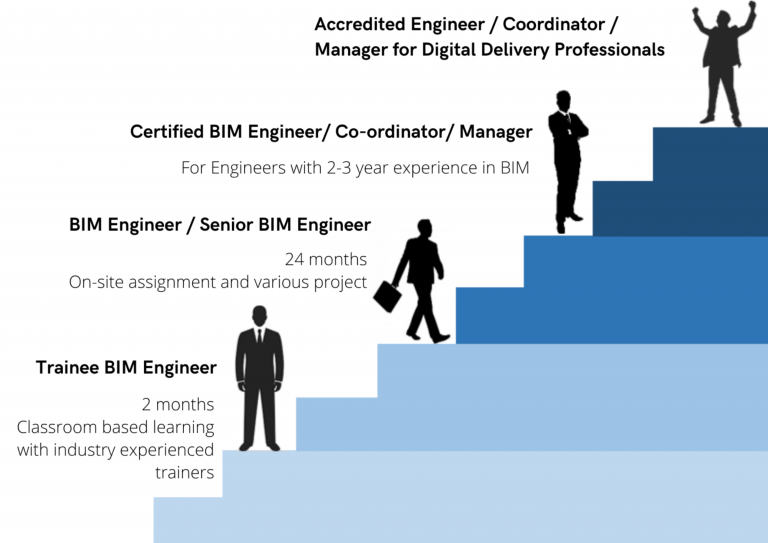
How Does BIM Elevate the Job Prospects of
Mechanical Engineering Graduates?
Technical Skills Enhancement:
BIM requires a blend of technical skills, including proficiency in CAD software, an understanding of engineering principles, and knowledge of building systems. Mechanical engineering graduates already possess a solid foundation in these areas, and by specializing in BIM, they can further enhance their technical expertise. This includes proficiency in software like Autodesk Revit, which is widely used in BIM projects.
Collaborative Work Environment:
BIM promotes collaboration among various stakeholders involved in the construction process, including architects, structural engineers, electrical engineers, and mechanical engineers. Mechanical engineering graduates with BIM expertise are equipped to work effectively in interdisciplinary teams, communicating and coordinating with professionals from different backgrounds to ensure seamless integration of mechanical systems within building designs.
Increased Efficiency and Cost Savings:
BIM allows for the creation of digital models that simulate the entire building lifecycle, from design and construction to operation and maintenance. By leveraging BIM tools, mechanical engineers can optimize HVAC (Heating, Ventilation, and Air Conditioning) systems, identify potential clashes with other building components early in the design phase, and analyze energy performance to enhance sustainability. This leads to increased efficiency in project delivery, reduced rework, and ultimately cost savings for clients.
Innovation and Problem-Solving:
BIM facilitates innovation in mechanical engineering by enabling engineers to explore alternative design solutions and conduct simulations to evaluate their performance. Mechanical engineers proficient in BIM can leverage advanced analysis tools to optimize system performance, improve indoor air quality, and enhance occupant comfort. Moreover, they can innovate in areas such as modular construction and prefabrication, leveraging BIM to streamline manufacturing processes and assembly on-site.
Adaptation to Industry Trends:
The construction industry is increasingly embracing BIM as a standard practice for project delivery. Mechanical engineering graduates with BIM expertise are well-positioned to adapt to this industry trend and stay ahead of the curve. They can pursue opportunities in architecture, engineering, and construction (AEC) firms, building services consultancies, facility management companies, and government agencies involved in infrastructure development.
Other Available Positions

IT Systems Engineer
Manage our existing network infrastructure and develop IT Solutions for clients to meet their business needs.

Human Resources
Engage with aspiring young engineers and develop policies and initiatives that nurture a learning environment.

Sales
Be part of a team sourcing out the best opportunities for talent development, and help us create valuable networks in the industry.

Production Operator
Collaborate on our print production line and delivery services

